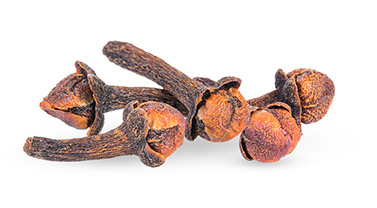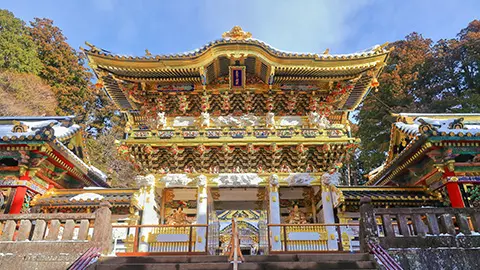VOL.196 SEPTEMBER 2024
JAPAN’S ENJOYABLE PUBLIC AQUARIUMS
[The Beauty of Japanese Swords] Long Sword (“Tachi”), Known as “Daihannya Nagamitsu”

Daihannya Nagamitsu (blade length: 74cm), made by Nagamitsu, a master swordsmith who laid the foundation of the Osafune school, a school of swordsmiths that flourished in Bizen Province
Photo: ColBase
The National Treasure Long Sword (“Tachi”), Known as “Daihannya Nagamitsu,” was made by Nagamitsu, a master swordsmith from Bizen Province (now an area in the southeast of present-day Okayama Prefecture) during the 13th century (Kamakura period*). Nagamitsu was the son of Mitsutada, who is said to have founded the Osafune school, a branch of Japanese swordsmithing. Nagamitsu is also known for taking over and making the school flourish.
This outstanding work is known as “Daihannya Nagamitsu.” A “kan” was a monetary unit during the Muromachi period. The sword was worth 600 kan, a vast sum likened to the 600 volumes of a sacred text, the Great Perfection of Wisdom Sutra. The Japanese name for this sutra is “Daihannya-kyo,” hence the word “Daihannya” in the sword’s name.** It features a complex combination of clove-like shapes and semicircles.*** This sword was initially passed down to the Ashikaga shoguns****, later owned by Oda Nobunaga*****, and given to Tokugawa Ieyasu******. The owner has since changed, and it is now in the collection of the Tokyo National Museum.


The clove-like blade pattern (image of below: cloves) and semicircle pattern are intermingled.
Photo: ColBase, PIXTA
* The period from the end of the 12th century (variously attested to have started in 1185 or 1192) to 1333.
** *** Taken from Integrated Collections Database of the National Institutes for Cultural Heritage, Japan
**** the Ashikaga shoguns: A family lineage that was appointed as Seii Taishogun (abbreviated shogun), the highest power in the samurai government, the commander in chief, for about 240 years from the first half of the 14th century to the late 16th century.
***** Oda Nobunaga: Born in 1534 and died in 1582, he was a military commander who opened the door to the unification of Japan during the Sengoku period (a period of war between states within the country).
****** Tokugawa Ieyasu: born 1543, died 1616. The first shogun and who established the Edo shogunate, which lasted from the early 17th century to the mid-late 19th century.
<<About terminology used in the quoted passages>>
- “kan”: A unit of money used during the Muromachi period. One kan was counted as 1,000 coins being passed through the center hole of the coin. Although various theories exist and it is impossible to determine the exact value, one theory states estimates that one kan (during the late Muromachi period) would be worth approximately 50,000 to 100,000 yen in today's money. If we assume the median value of 80,000 yen, then 600 kan would be equivalent to 48 million yen, making the sword's value around 50 million yen.
- “Daihannya-kyo” is Buddhist scripture that is an abbreviation of Great Perfection of Wisdom Sutra.
- Clove-live shapes: Used as a spice in the West and as a medicinal agent in the East. The pattern resembles a series of cloves.
- Semicircles (pattern): A semicircle-shaped pattern.
- Blade pattern: A white wave-like pattern added during hardening, one of the processes of making Japanese swords, in which the steel is hardened by cooling it rapidly from a high-temperature state.
